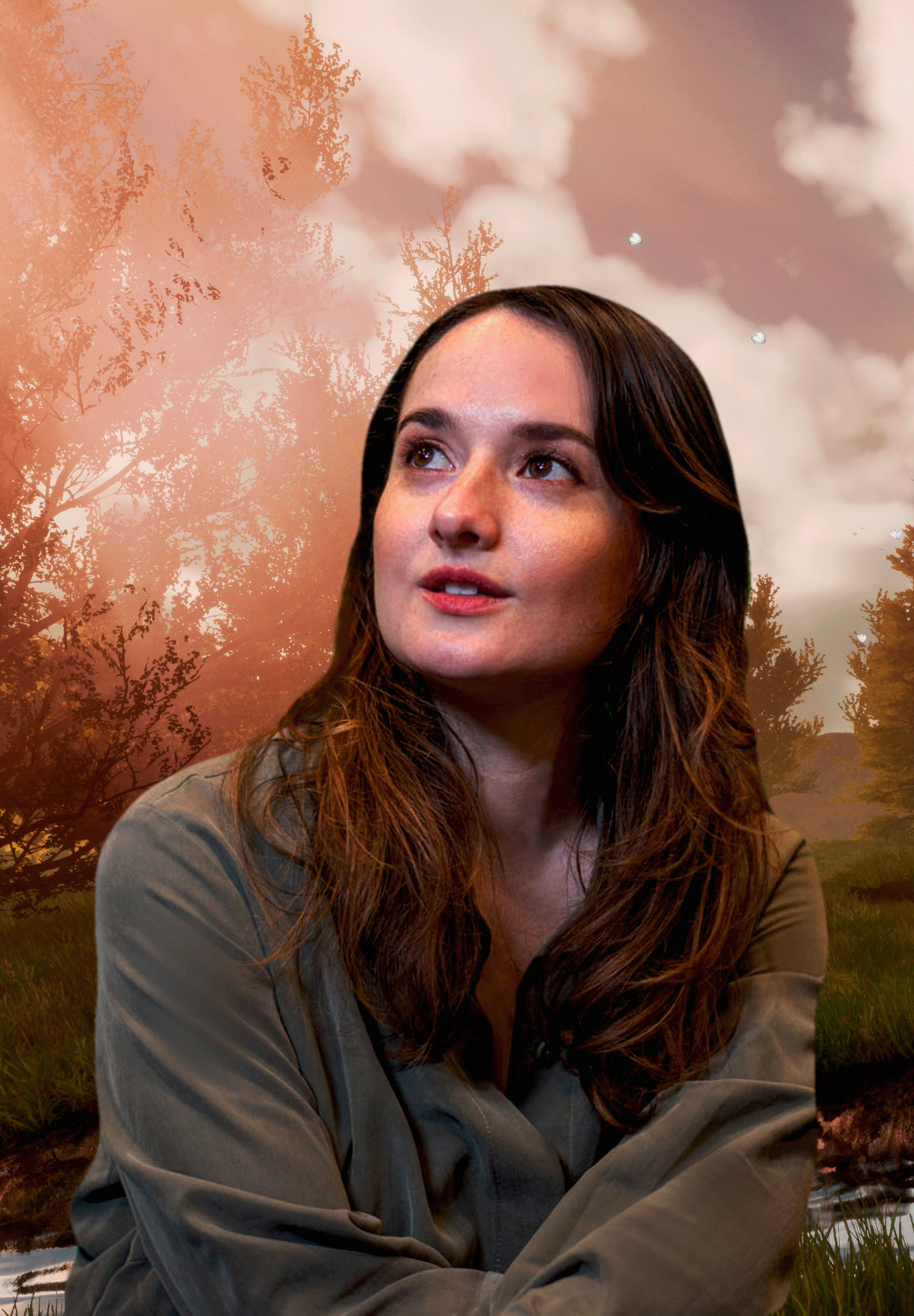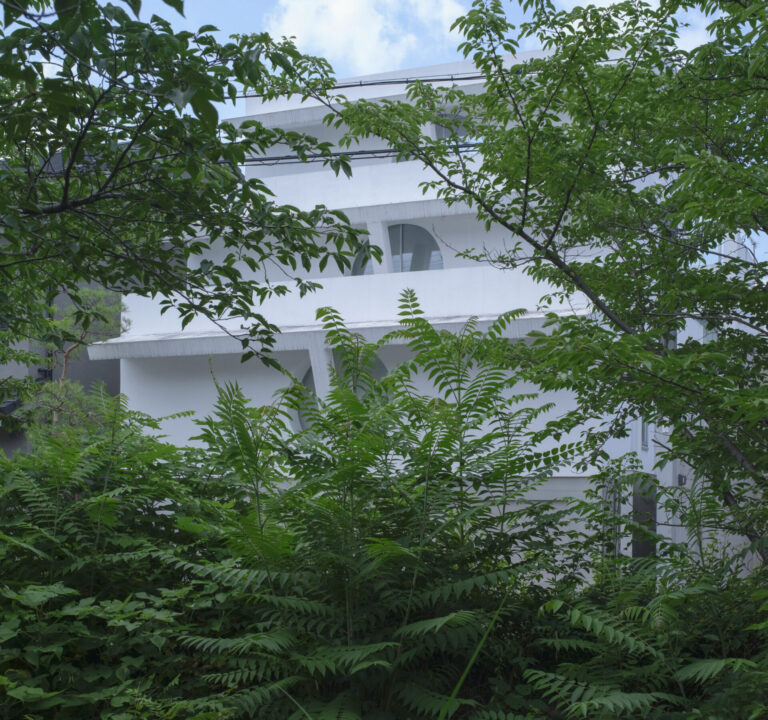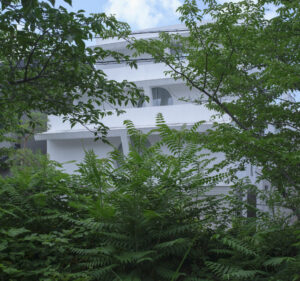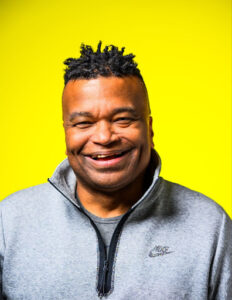
In the Middle Ages, hospitals provided shelter for pilgrims and the poor, and soon evolved into medical treatment centers for the military. Today, the United States has more than 6,000 hospitals to care for the sick and injured. There are 18 million healthcare workers, and women represent almost 80% of the workforce. Caring for society is a daunting enterprise.
Architecture and design play a fundamental role in the success of a hospital. The nonprofit MASS Design Group leads a movement rethinking these spaces as community-centric structures with healing built into their core. Now, a younger generation of designers is focusing on underserved groups and how to design spaces that are beneficial for mental health and wellbeing.
Studio Elsewhere, A+A+A, and The Black School are alumni of NEW INC, the New Museum’s cultural incubator located in New York City. The community embraces technology as a creative medium that is expansive, pliable, and can be tuned to bring innovation first to those who usually get it last. Stephanie Pereira, NEW INC’s director, surmises, “We have seen an increasing number of our creative studios using design-justice principles to focus on health and wellness. The members are taking an iterative approach, where through small gestures they are designing intersectional spaces for healing.”
These urban acupuncture interventions—a Recharge Room, a Community Sanctuary, and a Black Schoolhouse—mend the stress fractures in our urban systems and reengineer them for a kinder and safer world.
A+A+A: Andrea Chiney, Arianna Deane and Ashley Kuo
The triple As are three women who cofounded a design practice that centers and values process. While the pandemic caused havoc amongst their peers as projects were canceled, A+A+A was in demand. In the fall of 2020, in partnership with Youth Design Center (YDC), they created Healing Sanctuaries for Brooklyn’s Brownsville Community Justice Center (BCJC), a group that invests in local youth and the neighborhood’s built environment.
A+A+A conducted five weeks of design workshops with 10 YDC members who are part of the innovation hub and youth design agency. Co-founder Andrea Chiney explains, “We were hired to teach them how to design spaces, but in truth, they were ultimately the ones who taught us about self-healing, to design what are now Healing Sanctuaries.” During the design development phase, a thesis emerged: healing is both communal and individual. The architects and teens built a two-pronged strategy: a Community Sanctuary and Headspaces.
The former is a greenhouse that contains items of furniture that double as healing devices. A table offers supplies for expressing one’s feelings through writing, drawing and storytelling; cubby shelves are a stage for objects of release such as crystals, stress balls and incense; and the pitched roof protects a laundry line of notes and memories. The whole structure functions as a collective archive of shared experiences.
The mobile units dubbed Headspaces are ingenious inventions that mimic VR sans goggles. You pop your head into three different stations that contain mini immersive environments. One features a biophilic design in the form of a secret garden consisting of plants, sound and light. Another is an inverted fishbowl using dichroic panels, creating a seascape of refractions and sounds. The third is a minimalist cocoon that sheathes you with music, guided meditations and breathing exercises. Turning inward or outward, each person finds their own journey of reflection. In September 2020, the Healing Sanctuaries’ first stop was Osborn Plaza in the heart of Brownsville, and they will tour the neighborhood throughout 2021.
The Black School: Joseph Cuillier III and Shani Peters

In the last week of February 2021, Joseph Cuillier III, Shani Peters and their four-year-old daughter left Harlem for New Orleans to start the next chapter of The Black School. Over the past five years, they have modeled what an experimental art school could look like for young people. Their school teaches a mixture of radical Black politics married with civic engagement, workshops and meditation, and students are taught art-making to instigate social change. On a personal level, Cuillier says, “Based on our work, you can assume that we believe it to be deeply detrimental for a Black child’s well-being and psyche to grow up in an environment where their Blackness isn’t affirmed and uplifted. We’re excited to see what it does for our daughter and for us to be culturally, socially, politically and economically immersed in a Black city.”
It took six months to raise $300,000; not an extravagant number, but a hard-earned one that brought all their communities together, from major foundations to teachers and students who participated in their curriculum. The magnetic pull is exhilarating—if they can buy land, construct a building, and equip it for a low-cost budget, it could be a replicable political action spawning dozens of independent schools for BIPOC students across the United States.
Cuillier and Peters are assessing locations in the 7th Ward, a historic neighborhood which was home to many educated people of color in the pre-Civil War years. At the turn of the 20th century, the area was a center for jazz greats, and in 1917, McDonogh 35, the first four-year high school for African American students in New Orleans, was erected. They have enlisted a group of architects—Bryan C. Lee Jr., Whawn Allen and Lo-TEK—to design a new kind of schoolhouse. This hybrid model of school, community center and house posits a more intimate understanding of what Black youths need—an intimate space that caters to their ambitions and envelopes them in the creative process.
Studio Elsewhere: Mirelle Phillips

Last spring, as New York City hospitals valiantly dealt with the surge of COVID-19 patients, Phillips pivoted from researching immersive environments with a top neuroscientist to implementing, almost overnight, Recharge Rooms for Mount Sinai Health System’s frontline healthcare workers with Dr. David Putrino. Leveraging her prior career in video-game design and his work in sports, they converted a disused lab into a “bio-experiential” room combining nature themed visuals, music and sound, light and scent to relieve stress and anxiety. “We tend to segment out creative technology, art and physical design, but I’m much more interested in the leveraging of all three; more specifically, how we can use their intersection to integrate awe, compassion, opportunities for human connectedness and sumptuous design for the senses,” Phillips explains.
Their project’s effectiveness was immediate and surprising. An independent study found that participants reduced their stress level by 60% after a 15-minute experience. Surveyed nurses and doctors described the Recharge Rooms as restorative and nurturing. One Recharge Room has now become a fully-funded initiative, Frontline Strong Relief, providing support for the hospital’s entire network.
A year later, Phillips has returned to Studio Elsewhere’s original project led by deep brain stimulation pioneer Dr. Helen Mayberg. Specializing in new treatments for mental illness, Mayberg is partnering with Phillips’s team to record, measure and quantify the data on physical responses to major depression and recovery in the newly designed Q-Lab at Mount Sinai West. Inspired by Japanese tea houses, the slatted blond-wood environment is serene and understated. A patient enters and is met by a large projection that simulates a living, breathing landscape. As the subject interacts with the video wall, they discover two floating orbs are tracking their hands. Moving them slow, fast, back and forth allows for a naturalistic exploration of the generative game world. By studying the body’s choreography, a team of scientists, AI experts and creative technologists hope to break new ground in the field of neuropsychiatric disorders.
Craving more culture? Sign up to receive the Cultured newsletter, a biweekly guide to what’s new and what’s next in art, architecture, design and more.










 in your life?
in your life?

